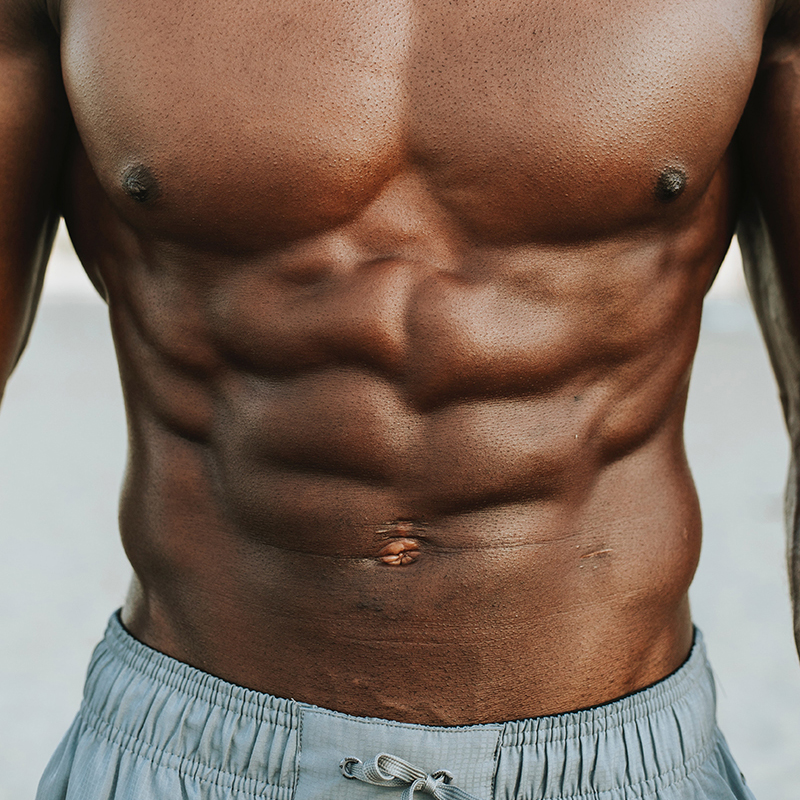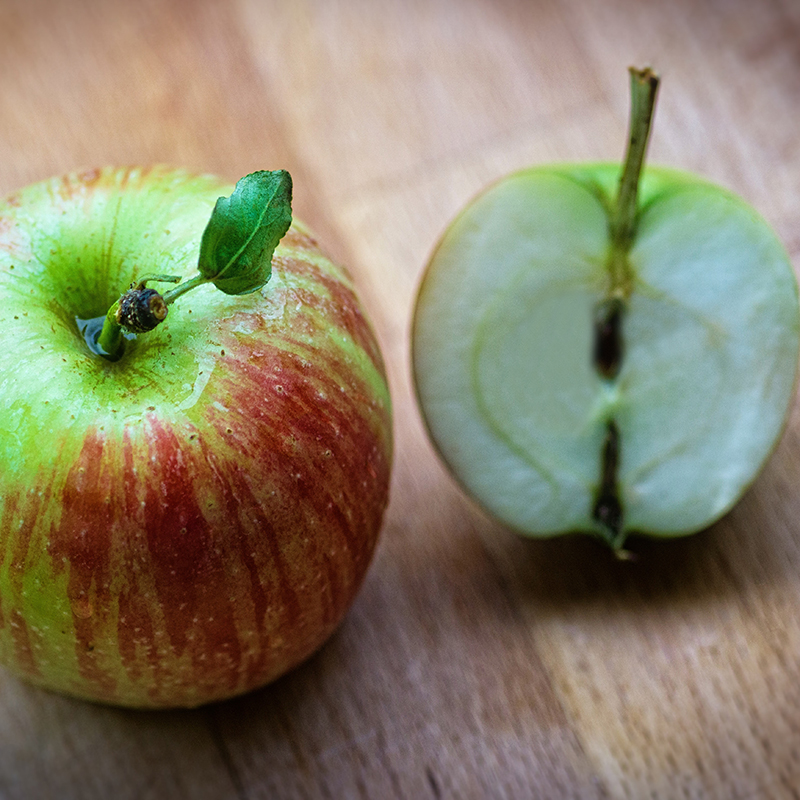So often people are told that they need to strengthen their core, particularly in reference to managing their back pain. I often have new clients who come to pilates/bio to strengthen their core and when I ask them what they understand by core, they indicate the stomach muscles.
The concept of using the abdominal muscles, particularly the transverse abdominus (TA), to manage back pain comes from studies done in the mid ‘90s by Professor Paul Hodges from Queensland University. He found that people with back pain don’t activate or engage the TA the same way people without back pain do. This led to the idea of pulling in your belly to engage the abdominal muscles. An idea which the world of physiotherapy and rehabilitation latched on to and has been working with it ever since.

But let’s think about this
The abdominals sit around the middle of the body, and are made up of the rectus abdominus, the internal and external obliques and transverse abdominus. Is it possible for these muscles to be the answer to so many of the problems that arise within the body? Bearing in mind that the body is a system and no one specific muscle can work in isolation.
When I work on “core strengthening” with my clients, it is a whole body exercise. Every part of the body is doing something to assist the engaging of the abdominals. The feet are active, the legs, the inner thighs, the glutes, the back muscles, the lats, the arms and so on are all engaging in some way. In effect when working like this, the core starts at the feet and finishes at the crown of the head because every part of your body is involved to get the most effective abdominal engagement. And then, because everything is working, is it not rather an exercise in engaging the muscles together and in sequence rather than only abdominal strengthening? In my opinion, it is the former, but since clients all want abdominal strengthening, I point out the abdominal aspect knowing that they are actually getting a lot more out of it.
During this week, I was working with a client on exactly that – engaging the abdominals incorporating the whole body. I was describing to her what we were doing, when I realised that the concept of core is much better depicted like the core of an apple which runs right through the middle and from top to bottom! Light bulb moment!

My opinion
It’s more accurate to think of your spine as the core of the body. Because let’s face it, without your spine, your body would not be able to move and you would collapse in on yourself. Joseph Pilates said you are only as young as your spine. And yoga asana has a strong component of spinal strength and control. When the spine becomes the core, movement incorporates strength, flexibility and mobility of the neck, the shoulders and upper limbs, the chest, the abdominals, the pelvis, the hips and the legs ending in the feet. And while this is easy to say, it takes some concerted effort to get it right in practice.
So the next time you are doing your “core workout” see how it would feel to include one other aspect of your body – maybe the glutes, or maybe the inner thighs. How does it feel and how does it change your workout to imagine the ‘apple core’ of your body working vs just the abdominal muscles…
Maybe we can start a core revolution! 🙂

